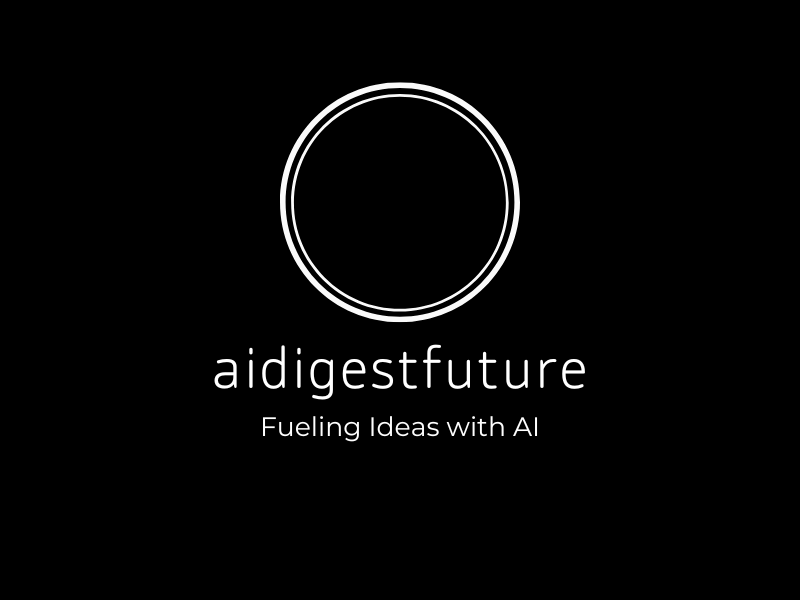
“`html
Unveiling the Potential of Computer Vision and Artificial Intelligence
The rapid integration of computer vision and artificial intelligence (AI) is transforming industries across the globe. From healthcare to retail, and from autonomous vehicles to security systems, these advancements are pushing the boundaries of technology to previously unattainable heights. But what exactly are the most significant developments, and how are they reshaping the modern landscape? Let’s explore!
What is Computer Vision?
Computer vision is a field of artificial intelligence that enables machines to process, analyze, and interpret visual data from the world around them. It’s a cornerstone of many modern AI applications, enabling machines to “see” and make sense of images and videos. Powered by deep learning algorithms and neural networks, computer vision is capable of executing tasks like:
- Image Recognition: Identifying objects, people, or scenes in a digital image.
- Facial Recognition: Detecting and verifying individual faces within images or videos.
- Object Detection: Pinpointing specific objects within larger visual data sets.
- Motion Tracking: Following and predicting movement through frames or spaces.
Thanks to breakthroughs in AI and computing power, computer vision tools are now making their way into applications that impact industries at scale.
Advances in Artificial Intelligence Transforming Computer Vision
The relationship between artificial intelligence and computer vision is symbiotic. Recent advances in AI technologies serve as the foundation for many of the exciting innovations in computer vision. Let’s dive deeper into the paradigm shifts:
1. Deep Learning Algorithms
Deep learning has revolutionized the way machines process visual data. Convolutional neural networks (CNNs), a type of deep learning framework, excel at detecting edges, textures, and abstract features in complex images. This allows computers to outperform humans in processes like image classification and anomaly detection. Industries implementing deep learning in computer vision include:
- Medical Imaging – Accurate diagnosis of diseases like cancer via high-resolution scans.
- Retail – AI-driven inventory management with automated stock tracking cameras.
- Logistics – Enhanced package sorting and delivery route optimization.
2. Edge Computing for Enhanced Processing
The rise of edge computing has alleviated latency challenges for AI applications. Unlike cloud-dependent solutions, edge computing processes data closer to the source, drastically improving response times for tasks like:
- Real-time video surveillance in security systems.
- Autonomous vehicle navigation that requires split-second analysis.
- Smart factory machinery with immediate fault detection.
3. Generative Adversarial Networks (GANs)
Generative Adversarial Networks (GANs), an advanced AI model, are elevating computer vision capabilities. GANs allow the creation of synthetic data and lifelike images, enabling:
- Photorealistic image generation in graphic design and video game development.
- Enhanced data augmentation across AI models to improve performance accuracy.
- Restoration of old or damaged footage with AI-driven enhancement.
Applications of Computer Vision and AI in the Real World
The advancements in computer vision and AI are unleashing opportunities in diverse fields. Below are some cutting-edge applications:
1. Autonomous Vehicles
Self-driving cars heavily rely on computer vision to interpret traffic signs, detect pedestrians, and make navigation decisions. Companies like Tesla and Waymo use AI to continuously train vehicle vision systems, enhancing road safety and efficiency.
2. Healthcare
AI-supported analysis of X-rays, MRIs, and CT scans allows for earlier diagnosis of diseases such as cancer. Moreover, computer vision aids in monitoring patient recovery, performing robotic surgeries, and developing personalized treatments.
3. Retail and E-commerce
AI-powered computer vision is transforming customer experiences through:
- Virtual try-ons for clothing, glasses, or makeup.
- Automated checkouts through motion-sensing cameras in shops.
- Real-time price optimization based on visual cues like shelf inventory.
4. Security and Surveillance
AI-driven cameras are pivotal in real-time video analytics, including:
- Facial recognition for entry access in secured locations.
- Detection of suspicious objects with intelligent CCTV monitoring.
- Crowd control using AI models for motion prediction and tracking.
Challenges Ahead
While the advances in computer vision and AI are astounding, there are still significant challenges ahead:
- Data Privacy: How visual data is collected, processed, and stored remains a contentious issue.
- Algorithmic Bias: AI-driven models may inherit biases present in the training datasets.
- Scalability: Massive computation power and resources are needed for extensive adoption.
Future Trends in Computer Vision and AI
As technology relentlessly evolves, several emerging trends signal an even brighter future:
- AI Democratization: Making AI and computer vision technologies accessible to smaller businesses.
- Augmented Reality (AR): Combining computer vision with AR for immersive experiences in gaming, retail, and healthcare.
- Explainable Vision Models: Efforts towards increasing transparency and interpretability in AI-driven visual systems.
Moreover, industries are laser-focused on integrating AI advancements to meet customer expectations and regulatory guidelines, ensuring seamless compatibility with ever-growing datasets.
Learn More About the Revolution
Curious about keeping up with the latest advances in computer vision and AI? Explore similar content across the web:
Relevant Internal Links
- AI Trends to Watch in 2023
- Applications of Computer Vision in Daily Life
- Recent Machine Learning Breakthroughs
External Reference Articles
- Nature – The Evolution of AI and Computer Vision
- Science Daily – Exploring Advances in Machine Vision
- IBM – The Role of AI in Smart Vision Systems
- arXiv – New Algorithms for Computer Vision Tasks
- Forbes – The Innovations Leading the Way in Computer Vision
- NVIDIA – How GPUs are Powering Vision AI
- VentureBeat – Computer Vision in Industry
- Microsoft AI – Advancements in Vision AI Services
- MIT – AI’s Role in Distributed Vision Processing
- Harvard Business Review – How AI Shapes Visual Analytics
If you’re keen on diving deeper into computer vision and AI, bookmark these resources and check out our future articles for expert insights!
“`
